- Home
- Military & Defense
- The 12 largest man-made explosions in history
The 12 largest man-made explosions in history
11 (tie). Soviet Tests #158 and #168

10. Ivy Mike
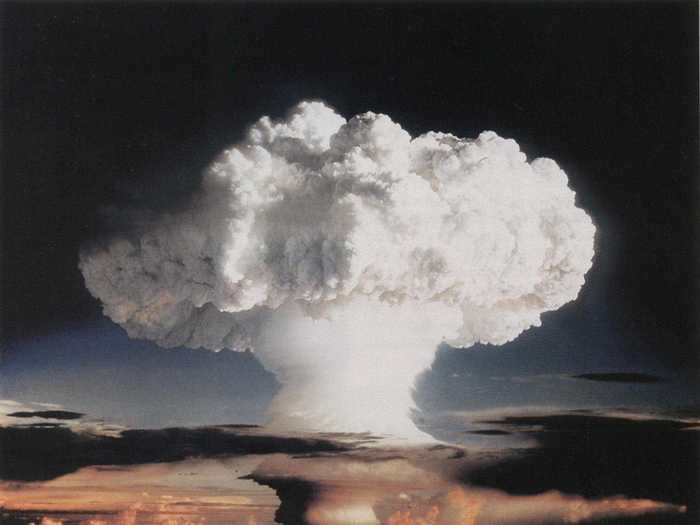
On November 1, 1952, the US tested Ivy Mike over the Marshall Islands. Ivy Mike was the world's first hydrogen bomb and had a yield of 10.4 megatons, almost 700 times stronger than the bombs used on Hiroshima.
Ivy Mike's detonation was so powerful that it vaporized the Elugelab Island where it was detonated, leaving in its place a 164-foot-deep crater. The explosion's mushroom cloud traveled 30 miles up into earth's atmosphere.
9. Castle Romeo
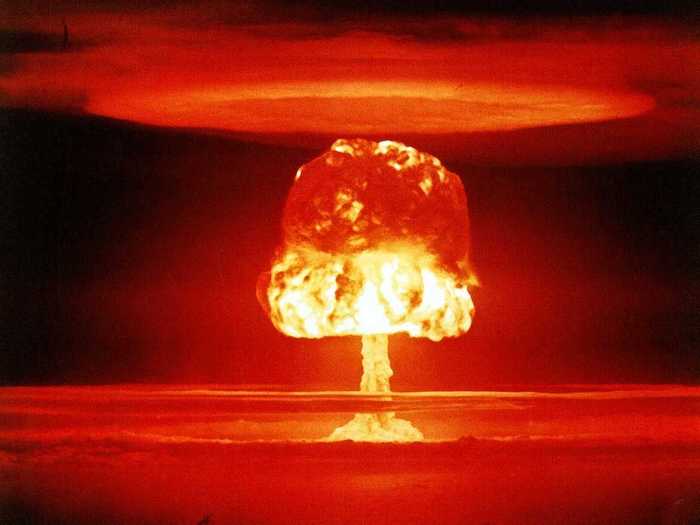
Romeo was the second US nuclear test of the Castle Series, which were conducted in 1954. All of the detonations took place over Bikini Atoll. Castle Romeo was the third-most powerful test of the series and had a yield of 11 megatons.
Romeo was the first device to be tested on a barge over open water instead of on reef as the US was slowly running out of islands upon which to test nuclear weapons. The blast would have incinerated everything within 1.91 square miles.
8. Soviet Test #123
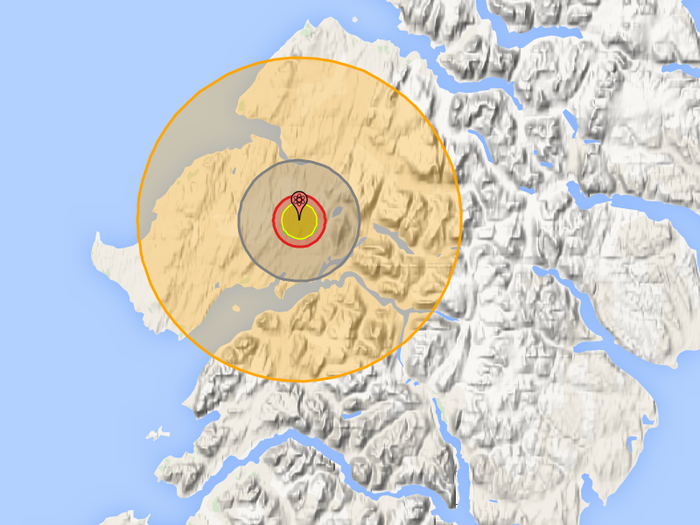
On October 23, 1961, the Soviet's conducted nuclear test #123 over Novaya Zemlya. Test #123 utilized a 12.5 megaton nuclear bomb. A bomb of this size would incinerate everything within 2.11 square miles while causing third-degree burns in 1,309 square miles.
No footage or photographs of this nuclear test have been released.
7. Castle Yankee
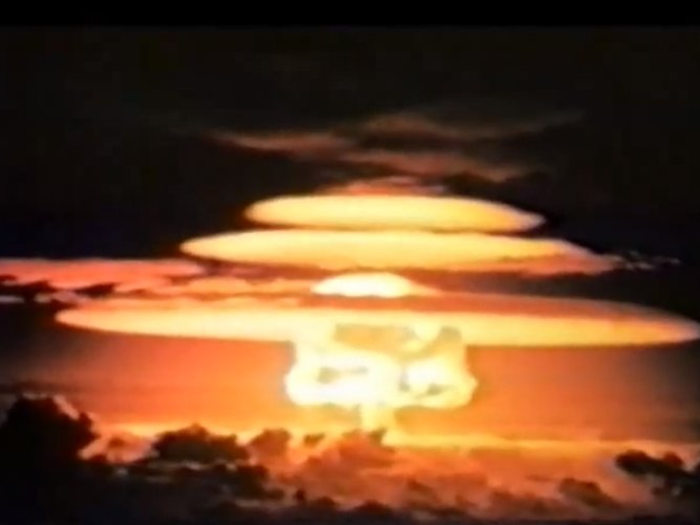
Castle Yankee, the second-strongest of the Castle series tests, was conducted on May 4, 1954. The bomb was 13.5 megatons and its fallout reached Mexico City, about 7,100 miles away, within four days.
6. Castle Bravo
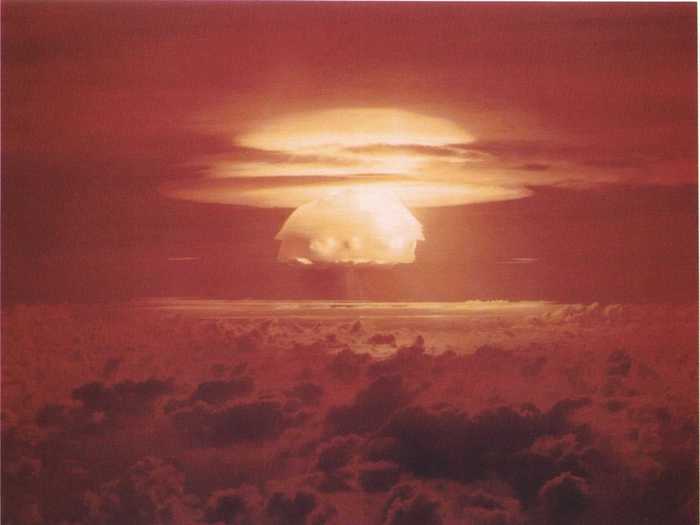
Castle Bravo, detonated on February 28, 1954, was the first and largest of the Castle series of tests and the largest US nuclear blast of all time.
Bravo was expected to be a 6 megaton blast, but instead it produced a 15 megaton fission blast. Its mushroom cloud reached 114,000 feet into the air. The US military's miscalculation of the tests' size resulted in the irradiation of approximately 665 inhabitants of the Marshall Islands and the death of a Japanese fisherman by radiation poisoning who was 80 miles away from the detonation site.
3 (tie). Soviet Tests #173, #174, and #147
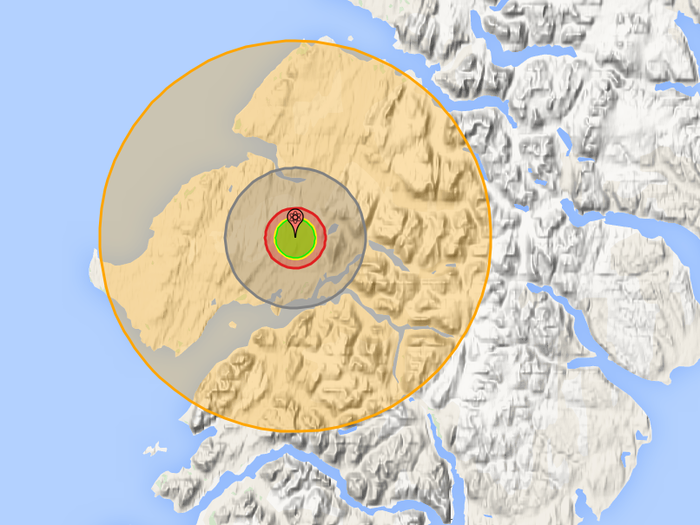
From August 5 to September 27, 1962, the USSR conducted a series of nuclear tests over Novaya Zemlya. Tests #173, #174, and #147 all stand out as being the fifth, fourth, and third strongest nuclear blasts in history. All three were about 20 megaton blasts, or about one thousand times the strength of the bomb used on Nagasaki. A bomb of this strength would incinerate everything within three square miles.
No footage or photographs of these nuclear tests have been released.
2. Soviet Test #219
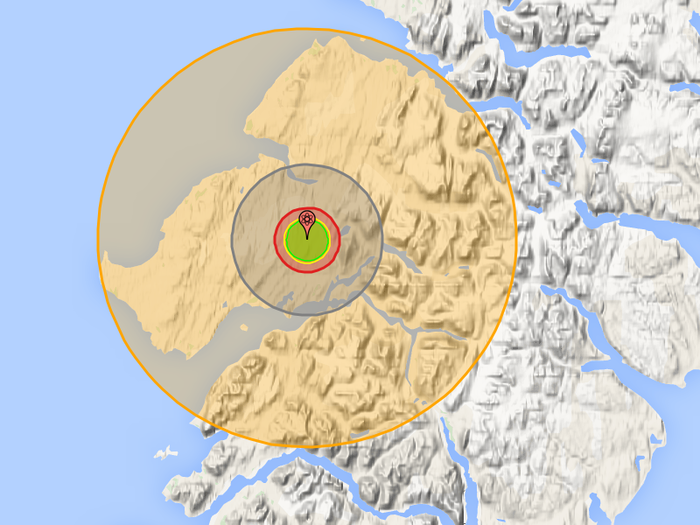
On December 24, 1962, the USSR conducted Test #219 over Novaya Zemlya. The bomb had a yield of 24.2 megatons. A bomb of this strength would incinerate everything within 3.58 square miles while causing third-degree burns in an area up to 2,250 square miles.
There are no released photos or video of this explosion.
1. The Tsar Bomba
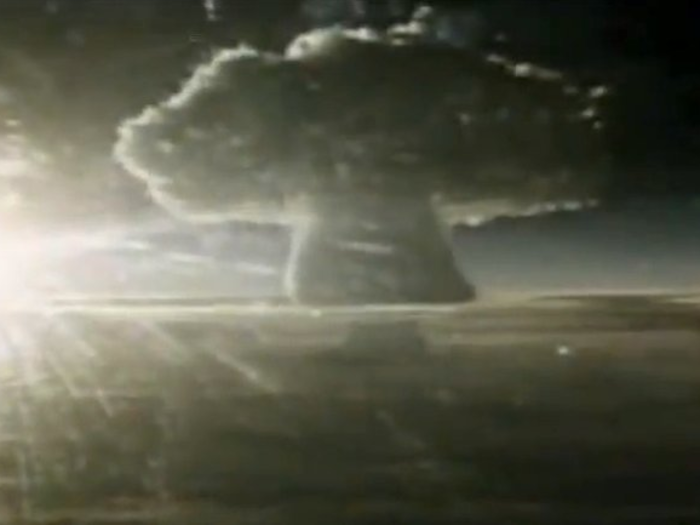
On October 30, 1961, the USSR detonated the largest nuclear weapon ever tested and created the biggest man-made explosion in history. The blast, 3,000 times stronger than the bomb used on Hiroshima, broke windows 560 miles away, according to Slate.
The flash of light from the blast was visible up to 620 miles away.
The Tsar Bomba, as the test was ultimately known, had a yield between 50 and 58 megatons, twice the size of the second largest nuclear blast. A bomb of this size would create a fireball 6.4 square miles large and would be able to give humans third-degree burns within a 4,080 square mile area from the bomb's epicenter.
You've seen the world's largest man made explosions.
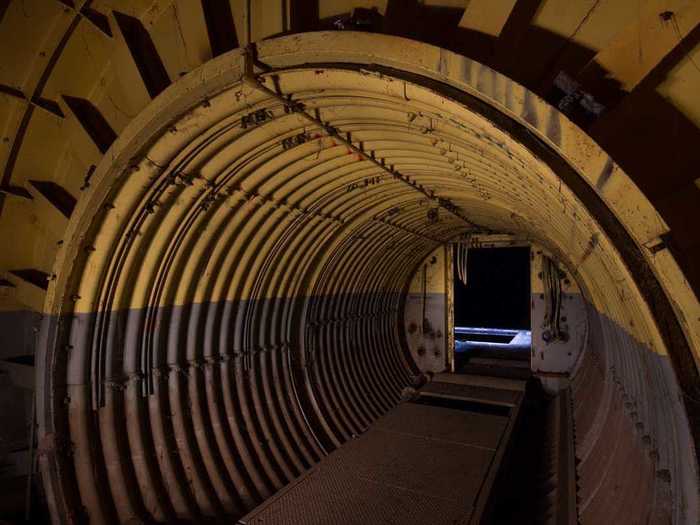
Popular Right Now
Advertisement